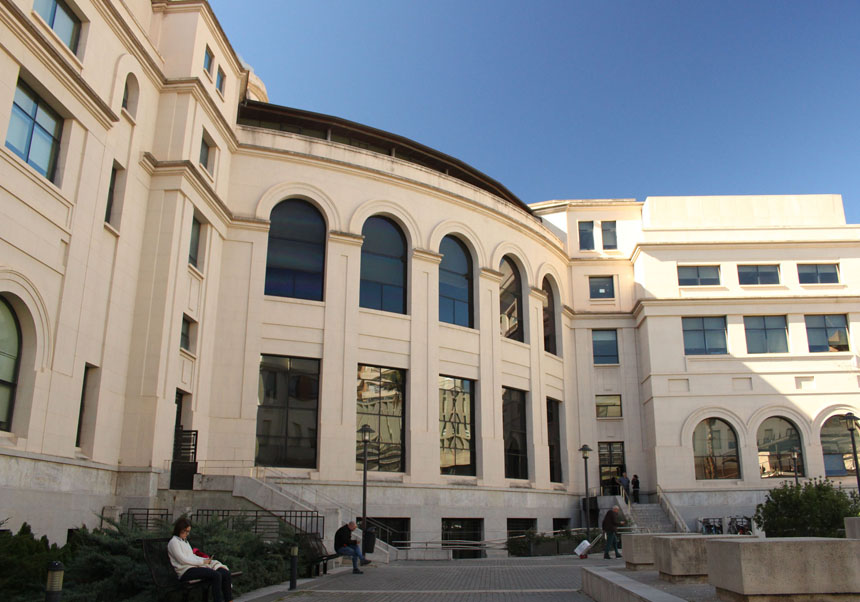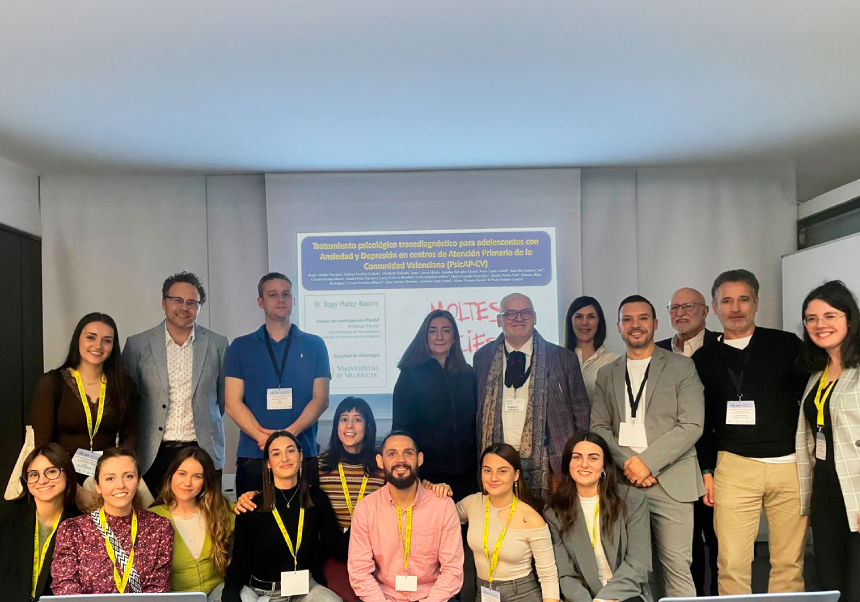A team of the Universitat de Valencia develops an online programme that reduces women's pelvic pain during sexual relations.
- Press Office
- December 11th, 2024
The Physiotherapy programme reduces the intensity of pain and improves the sexual function in women with a genito pelvic pain/penetration disorder.
A research team of the Universitat de València has demonstrated that a Physiotherapy programme based in Graded Motor Imagery (GMI) is useful for relieving pelvic pain in women diagnosed with genito pelvic pain/penetration disease (GPPPD). This disease affects up to 34% of premenopausal women and can cause chronic pain and sexual dysfunction.
The research has ben led by Aida López Brull, Borja Pérez Dominguez, Maria Plaza Carrasco, Cristina Blasco Ortiz, Blanca Navarro Ribera y José Casaña, of the Department of Physiotherapy of the Universitat de València, in collaboration with Esther Díaz Mohedo of the University of Malaga and Irmina Nahon of the University of Canberra.
The study has been published in the Physical Therapy and Rehabilitation Journal (Q1 in the category Rehabilitation of the Journal Citation Reports).
The biggest novelty of this research consists in the Physiotherapy treatment. "Until now, the treatment of persistent pelvic pain was very limited, and apart from medication, and, in some cases, surgery, we did not have many tools" Aida López Brull explains. She is the main author of the research, who adds that: "We have taken a therapy that was being used for other similar types of pain, like phantom limb pain and we have adapted it to pelvic pain. Moreover, this therapy can be taken online, hence it is highly accessible. We have succeeded in reducing the pain's intensity and improving the sexual function of these women".
The clinical trial, in which 83 women participated, revealed that those who completed a GMI programme of six weeks experienced a significant pain reduction. Although results about the sexual function were not conclusive, participants with more capacity to imagine movements showed the best improvements regarding pain reduction.
This innovative treatment includes exercises of laterality discrimination, movements simulation and a gradual exposure to pain-related activities. The totality of the programme was made online, thing that allowed participants too access the exercises from their homes, a modality that could facilitate the access to therapy to women who cannot attend in person.
"The motor imagery is a non invasive tool that leverages neuroplasticity for treating persistent pain", Borja Pérez Domínguez, one of the main authors of the study, explains. This approach, used previously when it comes to managing other conditions as chronic lumbar pain, is now applied to the treatment of the genito pelvic pain with promising results.
Recent finds show the effectiveness of the GMI as an accessible and non-invasive therapeutic option. The research team highlights the importance of combining this technic with other interventions to address all the multiple aspects of this disease.
This progress opens new doors in the treatment of chronic pelvic pain and represents a step forward to more personalised and integral solutions to improve the patients' quality of life.
What is GMI:
The GMI is a rehabilitation procedure that utilises Physiotherapy. It is based in the 'retraining' of the brain; making a series of gradual exercises for the brain to stop producing a response to pain. The objective of this technique is that each patient, eventually, activates different brain areas via gradual exercises to generate positive changes.
Reference:
"Online Graded Motor Imagery Is Effective in Women Diagnosed with Pelvic Pain: A Randomized Controlled Trial”
You can read the full study here.
File in: Recerca, innovació i transferència , Fisioteràpia
















